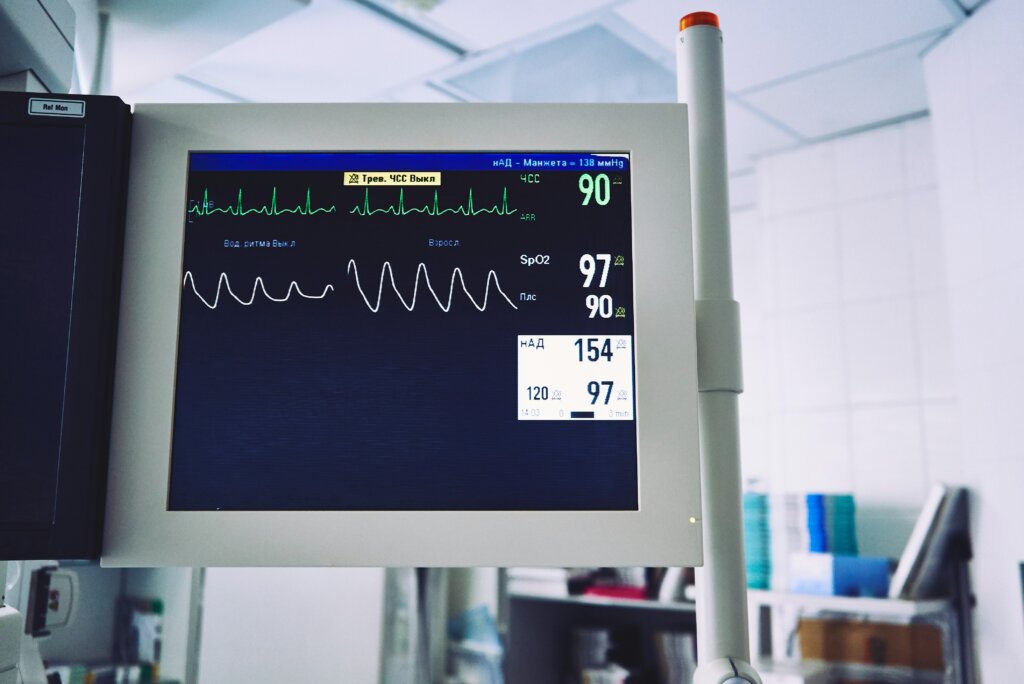Success Story
Saving Lives in the Intensive Care Units
Critical Care
How machine learning can empower clinicians in situations where every minute counts
The overarching goal of this project is to develop a system that can predict circulatory and respiratory deterioration of ICU patients in real-time, facilitating early intervention. The project combines the academic side of machine learning, the product side of software development, and its integration with the local hospital’s electronic health record (EHR) system as part of a clinical study. “A project of this complexity is indeed no simple task, and it would not have been possible without the support of PHRT to assemble such a strong, multi-disciplinary team,” says Gunnar Rätsch, ETH Zurich.

“The hypothesis is that this early warning system will lead to better patient outcomes.”
The research group has assembled one of the world’s largest ICU datasets by bringing together information from 10 hospitals across Europe, the United States and China. This repository covers over 600,000 patient encounters and more than a billion individual data points. This rich dataset forms the basis for the group’s first publications on early warning systems for circulatory, respiratory and renal failure in the ICU. “The hypothesis is that this early warning system will lead to better patient outcomes”, says Quinten Johnson, the project manager. “We don’t just want to know if the patient survived, we will also evaluate the number and severity of organ failure events.”
The team has built a live application that integrates directly with hospital data streams, transforming algorithms into real action. “We set up live data feeds to process real-time patient information with our predictive models,” says Johnson. This robust infrastructure transforms raw hospital data, which can be stored in a variety of formats and units, into machine-learning compatible features that power the early warning tools. This system has already been implemented for the partner hospital Inselspital in Bern.
Predictions are only valuable if they improve patient care and outcome in the “real world”. The next step is therefore a clinical study. ETH and Inselspital are now conducting a randomized clinical study to determine whether adding these risk scores into standard ICU procedures can reduce organ failures and possibly save lives. The software, called ICU Beacon, is already receiving a live data feed from the hospital. Using this data, the team will adjust the model to be well tuned to the ICU patient population at Inselspital Bern. This yields a system that is time-efficient and accessible to clinicians.
PHRT provided crucial seed funding for this research & development, bridging the gap between basic research and clinical studies with hospitals. It has helped to increase academic knowledge of the complexities of multi-institution clinical research, including the ethical and legal framework.
However, the real legacy will be the lasting infrastructure and partnerships. “Even after PHRT ends, the dialogue between institutions will continue,” says Gunnar Rätsch, pointing to the sustainable network of researchers and clinicians that is now in place. This strong collaboration between academia and frontline clinicians is of great benefit and could itself serve as a model for hospitals worldwide. As machine learning continues to evolve, this collaboration shows how data-driven tools can empower clinicians in critical environments such as ICUs, where every minute counts.
